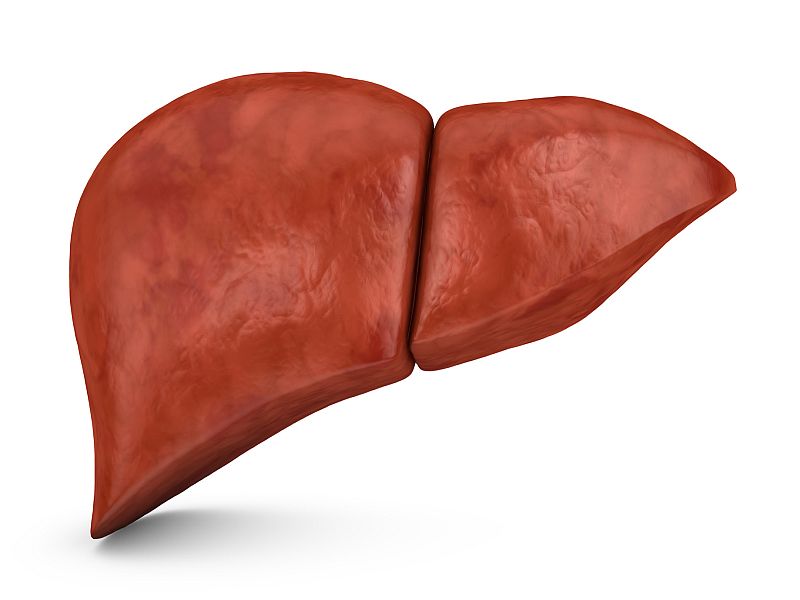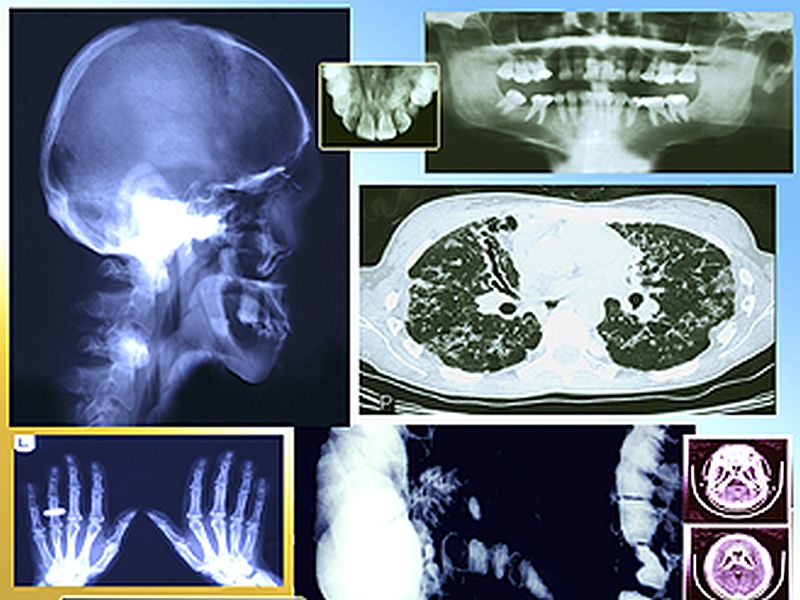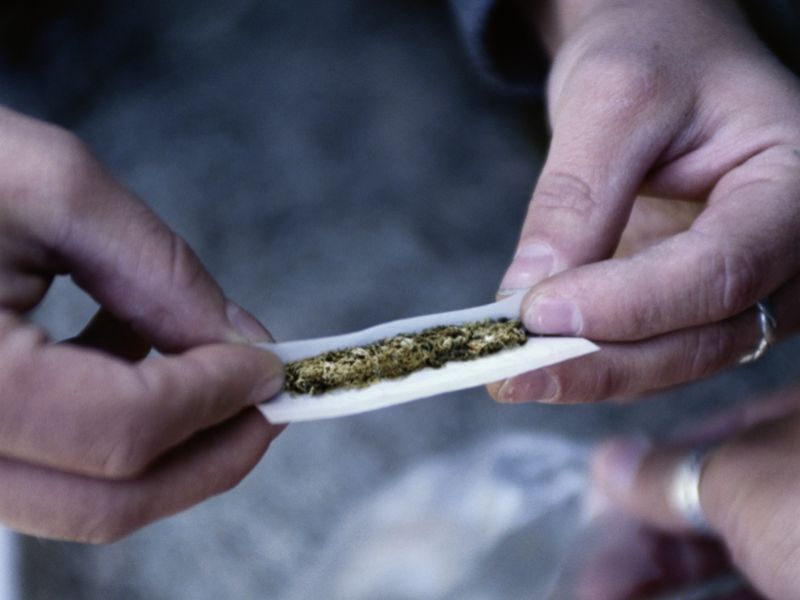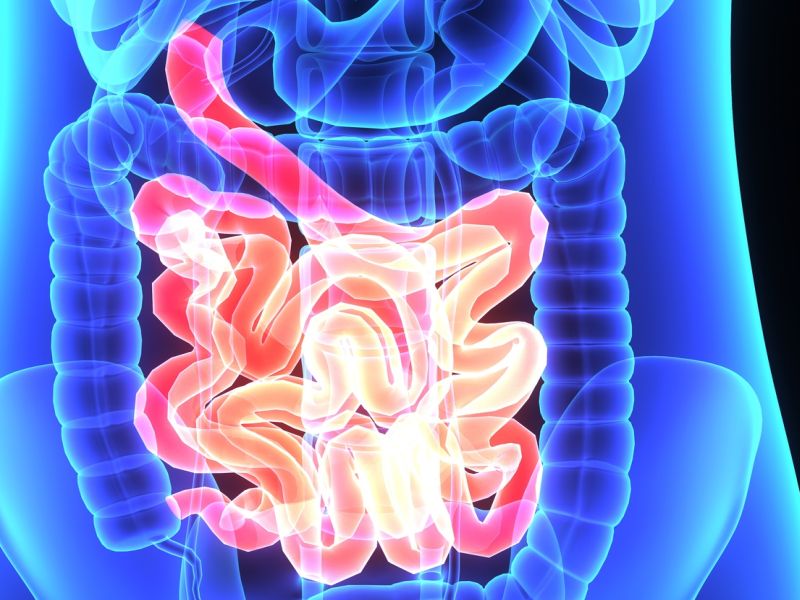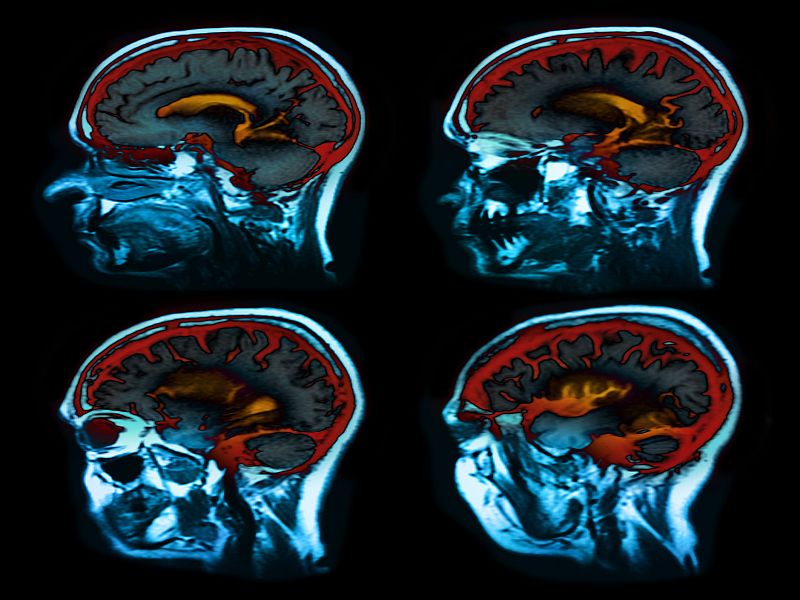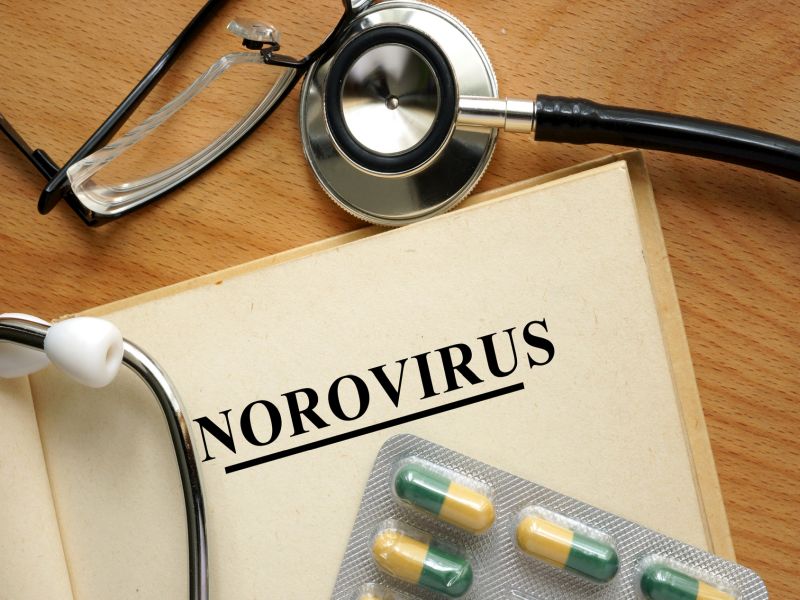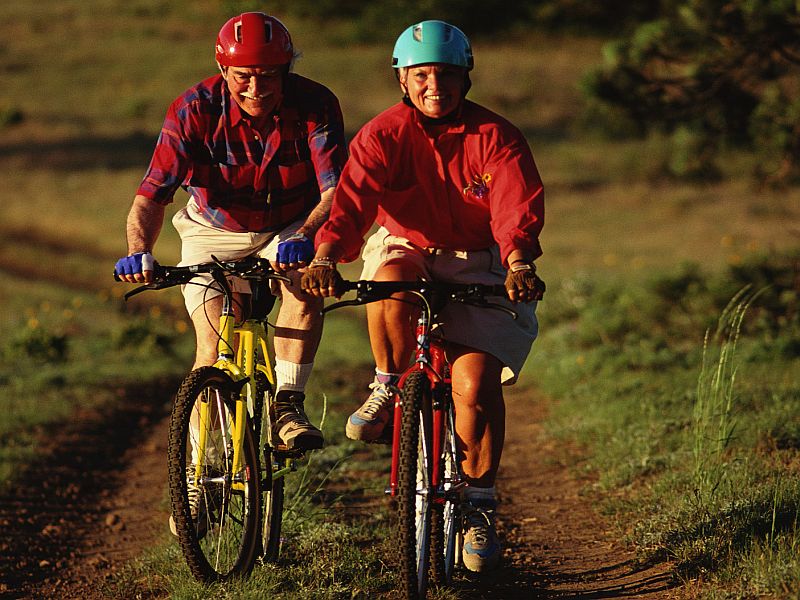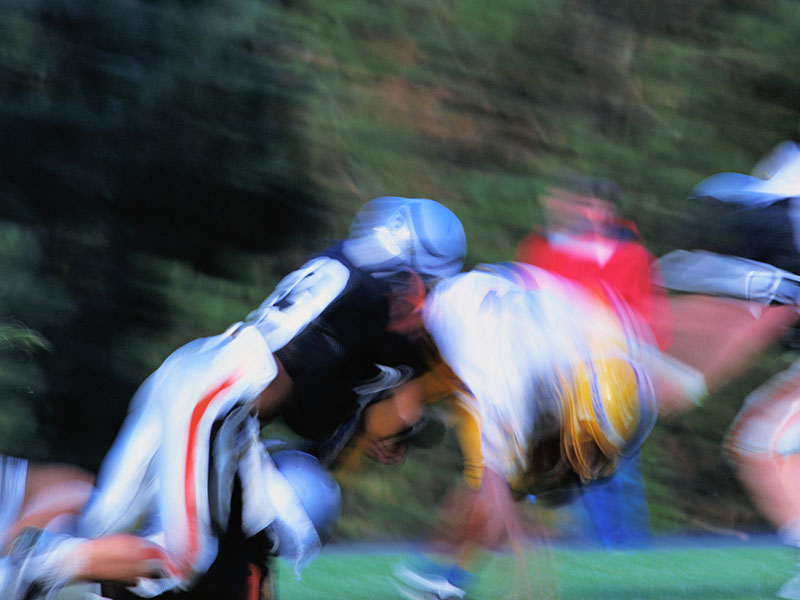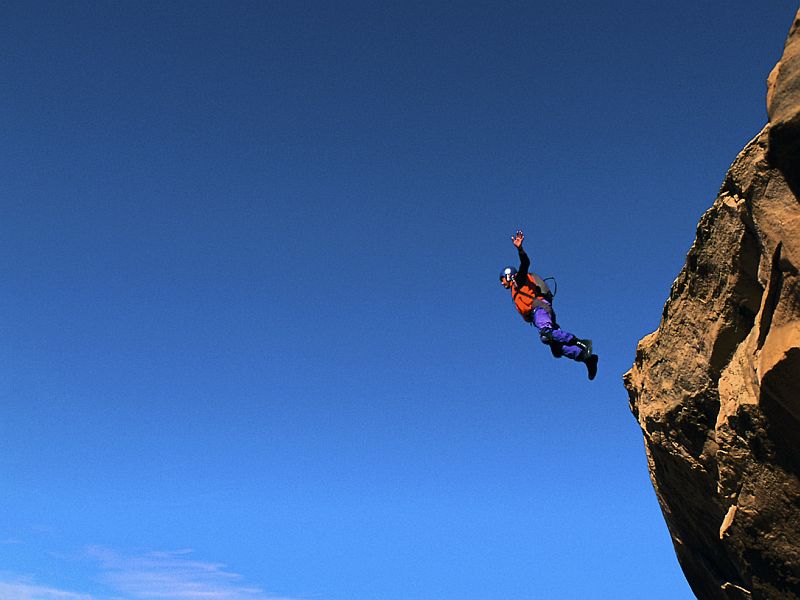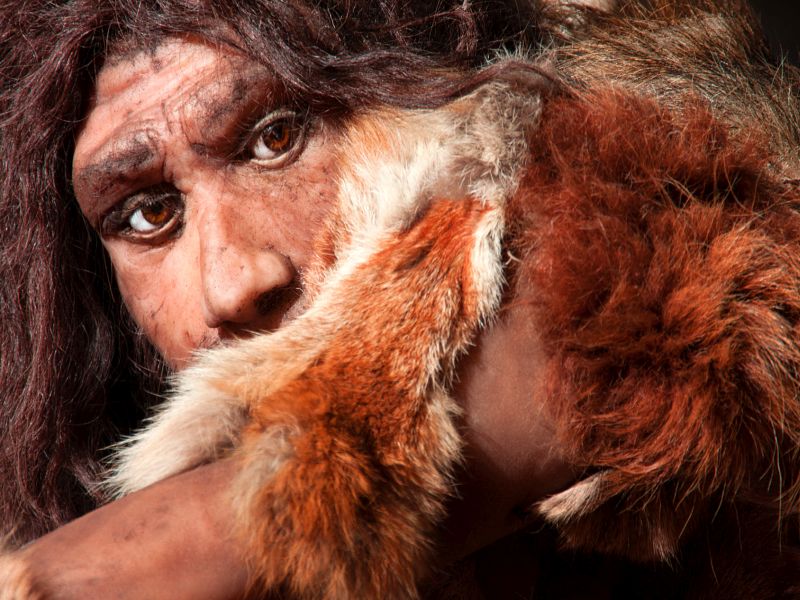THURSDAY, March 15, 2018 (HealthDay News) -- Modern humans interbred at least twice in history with an extinct species of humans called Denisovans, new research shows.
It was already known that modern humans interbred with Neanderthals, and that they interbred at least once in history with Denisovans.
The new findings suggest a more diverse genetic history than previously thought between the Denisovans and modern humans, according to the University of Washington scientists.
For the study, they studied the genomes of more than 5,600 people in America, Asia, Europe and Oceania (the region that includes Micronesia, Polynesia and Australia). The researchers then compared them to the genome of Denisovan remains found in Siberia.
The results showed that the genomes of two groups of modern humans known to have Denisovan genes -- people in Oceania and in East Asia -- are different. This indicates there were two separate times in history that modern humans interbred with Denisovans, according to the researchers.
"What was known already was that Oceanian individuals, notably Papuan individuals, have significant amounts of Denisovan ancestry," said senior author Sharon Browning, of the biostatistics department.
The genomes of modern Papuan people contain about 5 percent Denisovan ancestry.
Denisovan ancestry is also present to a lesser degree throughout Asia, but it was thought that this occurred when people from Oceania migrated into Asia, the researchers noted.
"But in this new work with East Asians, we find a second set of Denisovan ancestry that we do not find in the South Asians and Papuans," Browning said. "This Denisovan ancestry in East Asians seems to be something they acquired themselves."
The study was published March 15 in the journal Cell.
"When we compared pieces of DNA from the Papuans against the Denisovan genome, many sequences were similar enough to declare a match, but some of the DNA sequences in the East Asians, notably Han Chinese, Chinese Dai and Japanese, were a much closer match with the Denisovan," Browning explained in a journal news release.
The assumption is that intermixing with Denisovans occurred fairly quickly after humans moved out of Africa, around 50,000 years ago, she said. But where in terms of location isn't known.
It's possible that the ancestors of Oceanians interbred with a southern group of Denisovans, while the ancestors of East Asians interbred with a northern group, Browning suggested.
The next step is to study the genomes of more groups of people worldwide.
"We want to look throughout the world to see if we can find evidence of interbreeding with other archaic humans," Browning said. "There are signs that intermixing with archaic humans was occurring in Africa, but given the warmer climate no one has yet found African archaic human fossils with sufficient DNA for sequencing."
More information
The Natural History Museum in the United Kingdom has more on human evolution.



